Coffee Processing: Bean to Cup
Coffee is one of the most consumed beverages in the world, and Indonesia is one of the world’s largest producers of coffee with an excellent variety of types and flavors. Yet behind every superb cup of coffee lies a long and complex process known as coffee processing. It begins from harvesting to brewing, and each step plays a significant role in determining the quality and flavor profile of the coffee.
1. Coffee Cherry Harvesting
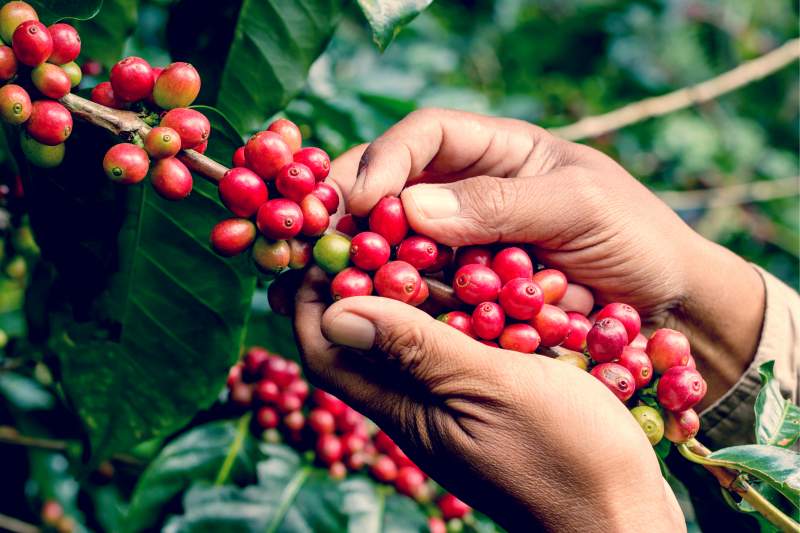
Coffee processing starts with the harvesting of ripe coffee cherries. The ripest cherries for harvesting are usually bright red and fully ripe. The two principal methods of harvesting are:
Selective Picking: The fully ripe cherries are picked. It produces better-quality coffee but is more labor-intensive.
Strip Picking: Cherries are harvested all at once, irrespective of ripeness. This is quicker and less expensive, but perhaps at the expense of the end quality.
2. Post-Harvest Processing
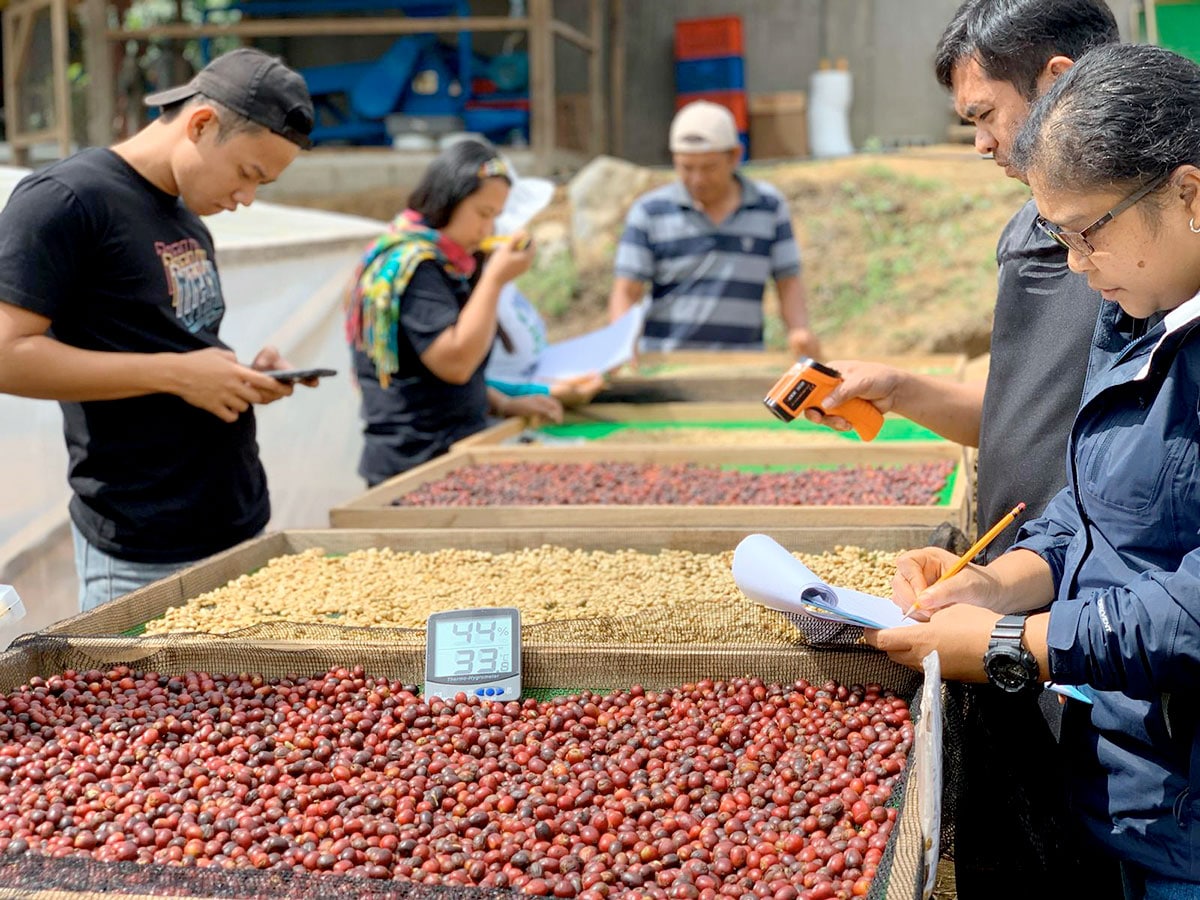
After harvesting, the coffee cherries must be processed as quickly as possible to prevent uncontrolled fermentation that destroys the taste. Three post-harvest processing methods are widely practiced:
a. Washed Process
This is followed by the removal of the cherries‘ outer skin through a pulping machine. The beans, which are coated with mucilage, are fermented in water for anywhere from 12 to 48 hours. The beans are washed and dried following fermentation.
This process generally yields coffee with bright acidity and clean taste, and thus it is a preferred method for specialty coffee.
b. Natural (Dry)
Process In this process, intact cherries are dried in the direct sunlight without pulping. It takes 2 to 4 weeks before the cherries dry. After drying, the beans are hulled to eradicate the dried fruit layers.
The natural process will result in a sweeter, fruitier, and more developed coffee since the beans take in the flavors of the fruit during drying.
c. Honey Process (Semi-Washed)
This is a combination of the washed and natural processes. The skin is stripped off, but some mucilage remains on the beans while drying. The end product relies on the amount of mucilage remaining, and this is classified as white honey, yellow honey, or black honey. Coffee processed through this method has a sweet and clean flavor balance and a heavier body compared to the washed process.
3. Drying
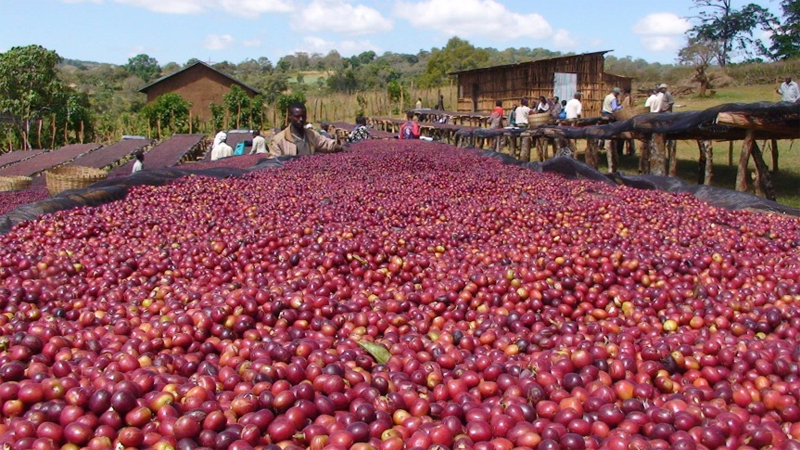
Following processing, coffee beans need to be dried to a moisture content of approximately 10–12%. Drying is either accomplished traditionally by sun-drying or mechanically through the use of dryers.
Drying is a very important phase since too much moisture would result in mold and reduce the quality of the beans. It also influences the ultimate flavor of the coffee.
4. Hulling (Removal of Parchment Layer)
Drying leaves the coffee beans still coated with a parchment layer. This is removed in a process called hulling, which is mechanical and must be closely controlled to avoid damaging the beans.
After hulling, the product is referred to as green beans, and they may either be exported or roasted.
5. Sorting and Grading
During this phase, machines or workers grade and sort the green beans based on size, weight, shape, and defect. This step determines the market price of the coffee and guarantees flavor consistency.
Good quality coffee would typically be from beans that are uniform in size and are clear of cracks, holes, or mold.
6. Roasting Roasters
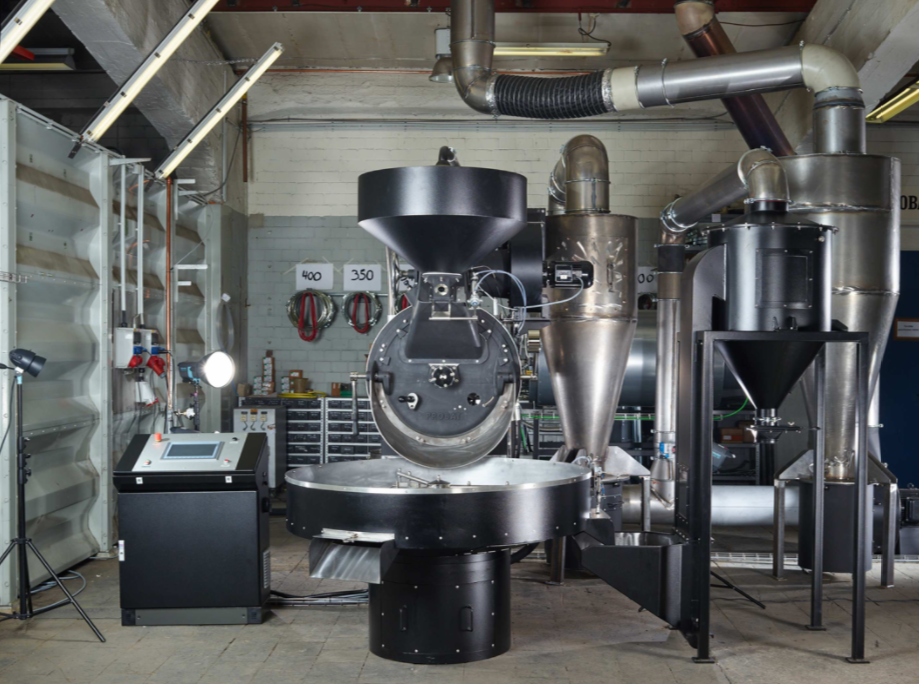
Expose green coffee beans to high heat 180°C to 240°C for 10 to 20 minutes, based on the target roast. The aroma and taste of the beans are developed during the process.
Perubahan yang dilakukan:
Replacing passive voice sentences such as “is sorted and graded” with active ones: “sort and grade by workers or machines.“.
“Roasting is the process of heating.” was changed to “Roasters heat.” to make its subject an active doer. Descriptive sentences also keep the technical information, but in an active form.
Roast levels are:
Light Roast: Lively acidity, floral or fruity aroma, light body.
Medium Roast: Well-balanced flavor, suitable for any brewing method.
Dark Roast: Bitter taste, heavier body, chocolate or caramel tastes.
Roasting needs to be exact, as small variations in time or temperature will entirely change the taste profile.
7. Grinding and Brewing
Coffee is ground after roasting based on the brewing method to be utilized. For instance, fine grind for espresso, medium grind for pour-over, and coarse grind for French press.
Brewing is the final process.
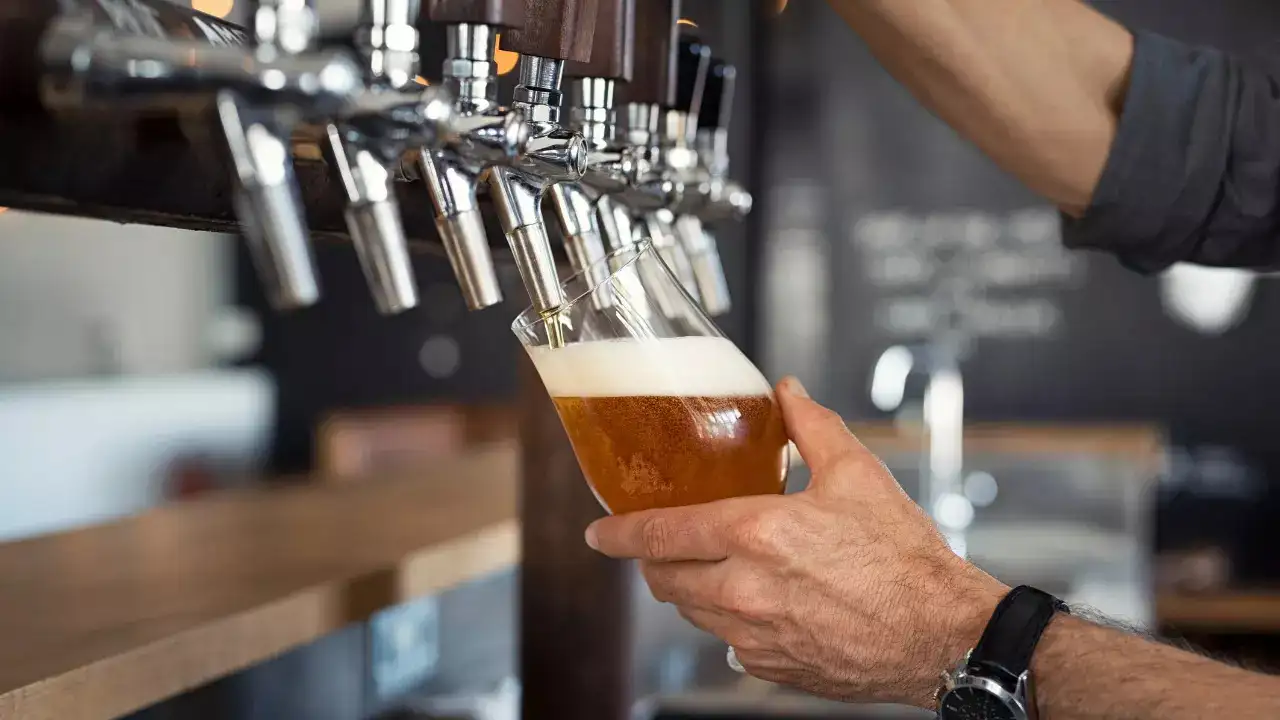
All the flavors created are extracted into hot water to yield a cup of coffee ready for drinking. Conclusio: Coffee processing is a time-consuming activity that needs experience, knowledge, and precision. Each step plays an important role in identifying the taste and quality of the coffee. Knowing the process not only makes us appreciate the coffee more, but we are also able to select the type that best fits our taste. To coffee processors, producers, and enthusiasts, coffee processing is an art and a science that is still evolving. With specialty coffee demand still on the rise, innovation in processing still reveals distinctive and interesting flavor profiles. Next time you are sipping on your favorite coffee, think of how far the beans have traveled from farm to cup.
Frequently Asked Questions (FAQ)
Regarding Coffee Processing
1. What are green beans in coffee processing?
Green coffee beans are coffee beans that have been dried and hulled but not roasted. They are the raw coffee product ready for roasting or export.
2. Why is the method of processing (washed, natural, honey) significant?
The processing method significantly affects the coffee‘s flavor profile:
Washed: Clean, bright taste with high acidity.
Natural: Fruity, sweet, and complex tastes.
Honey: Well-balanced with sweetness and clarity, and a fuller body.
3. What is the distinction between light, medium, and dark roast?
Light roast: Floral or fruity aroma, bright acidity, light body.
Medium roast: Well-balanced flavor, ideal for every brewing method.
Dark roast: More bitter, chocolate or caramel flavor, full-bodied.
4. How long can green beans be stored before roasting?
Green beans can be stored for 1–2 years under good conditions—cool, dry, airtight locations.
5. What is the significance of moisture content in coffee beans?
Optimum moisture level (10–12%) inhibits mold growth and preserves quality. Too much moisture will cause spoilage and off-flavors.
6. Is specialty coffee processed the same way?
No. Specialty coffee can employ different methods, but each step is meticulously controlled to retain and develop quality from selective harvesting to exact roasting.
7. How do you best store roasted coffee?
Keep roasted coffee in an airtight container in a cool, dark location. Keep it away from moisture, light, and repeated exposure to air to retain freshness and flavor. 8. Is the quality of Indonesian coffee good? Indeed! Indonesia is known for producing high-quality coffee with distinct flavor profiles. Gayo, Toraja, Java, and Bali are some of the well-known origins, each with its distinct characteristics.






